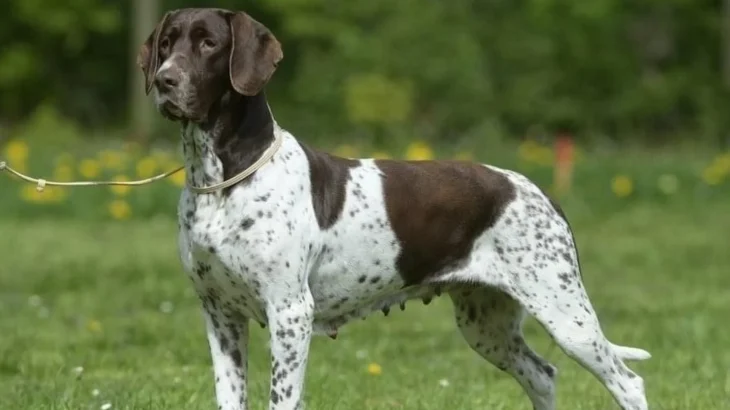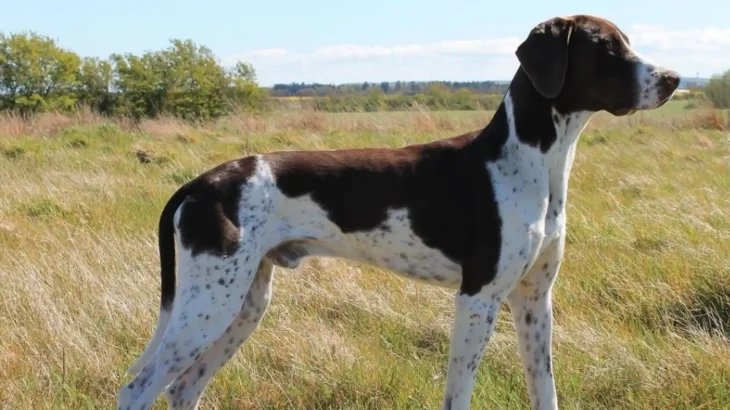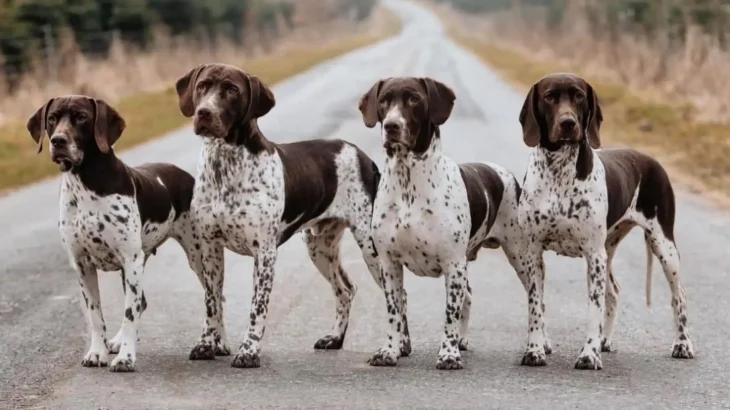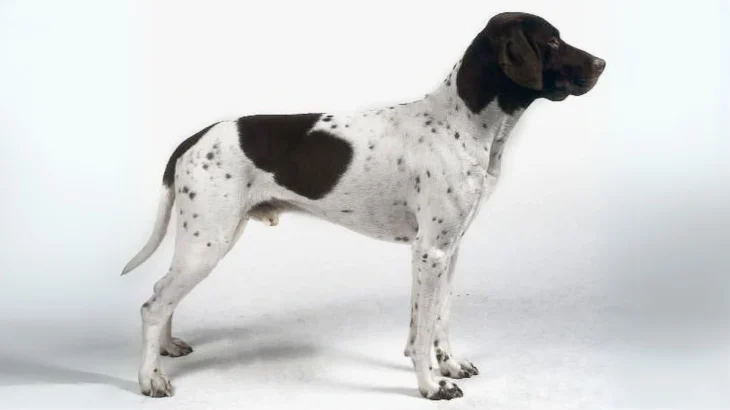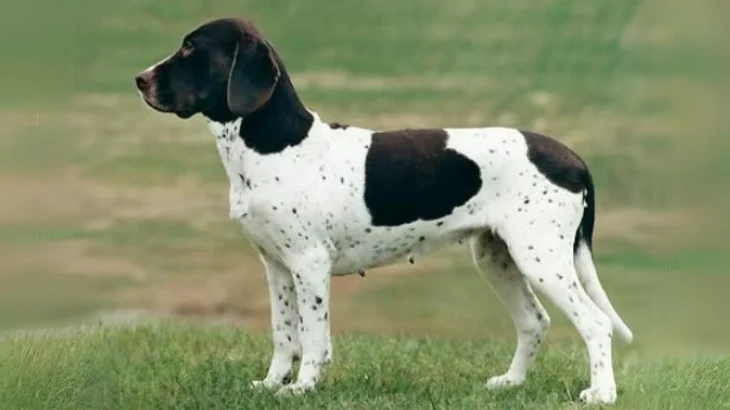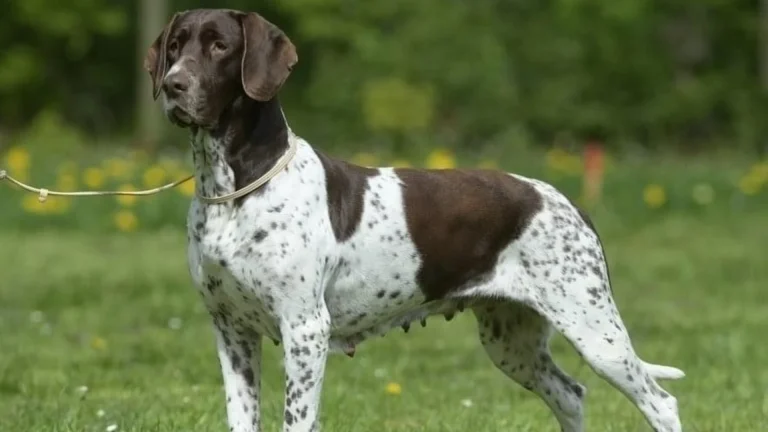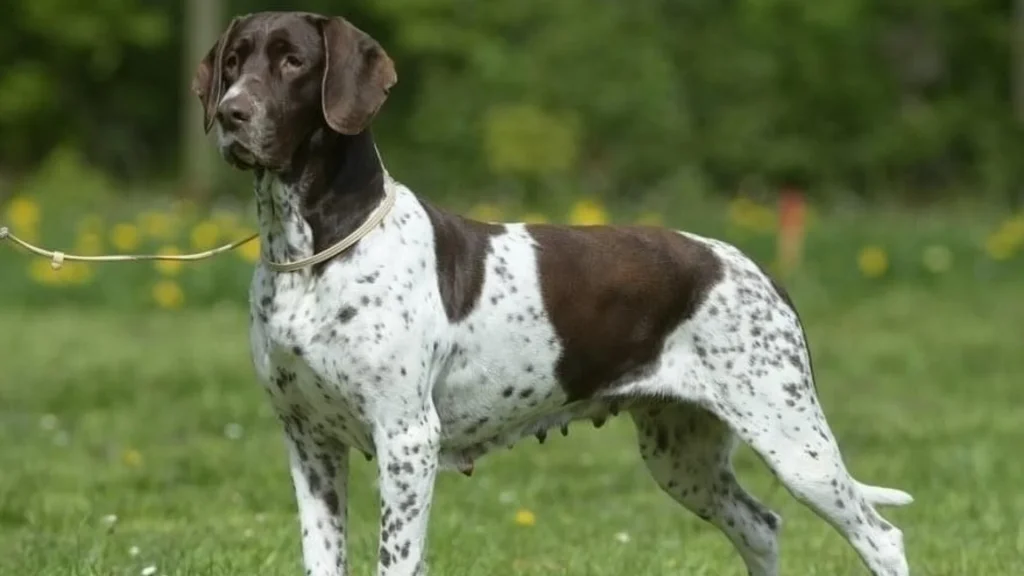When deciding whether to bring a Gammel Dansk Hoensehund puppy into your home, choosing between adoption and purchasing from a breeder depends on your priorities regarding health clarity, breed lineage, and ethical considerations. Each option offers unique benefits and potential challenges based on these factors.
Adoption vs. Breeder: Pros & Cons
| Criteria | Buying from Breeder | Adopting from Shelter/Rescue |
|---|---|---|
| Cost | Higher upfront cost reflecting purebred status and breeder care. | Generally lower adoption fees, providing an affordable way to welcome a dog. |
| Health History | Breeders often provide detailed health and genetic screening information. | Health background may be incomplete; basic checks usually done before adoption. |
| Age Availability | Mostly puppies, allowing you to raise the dog from an early stage. | Varied ages available, including adults, which may require less training effort. |
| Temperament Insight | Breeders can inform about typical breed temperament based on lineage. | Adoption centers offer behavior observations but may lack full background. |
| Supporting Practices | Supports ethical breeding when selecting reputable breeders; ensure responsible practices. | Contributes to animal welfare by giving a home to dogs in need. |
| Breed Purity & Pedigree | Assured pedigree and purebred lineage documented by breeder. | Breed background may be unknown or mixed; purity less certain. |

